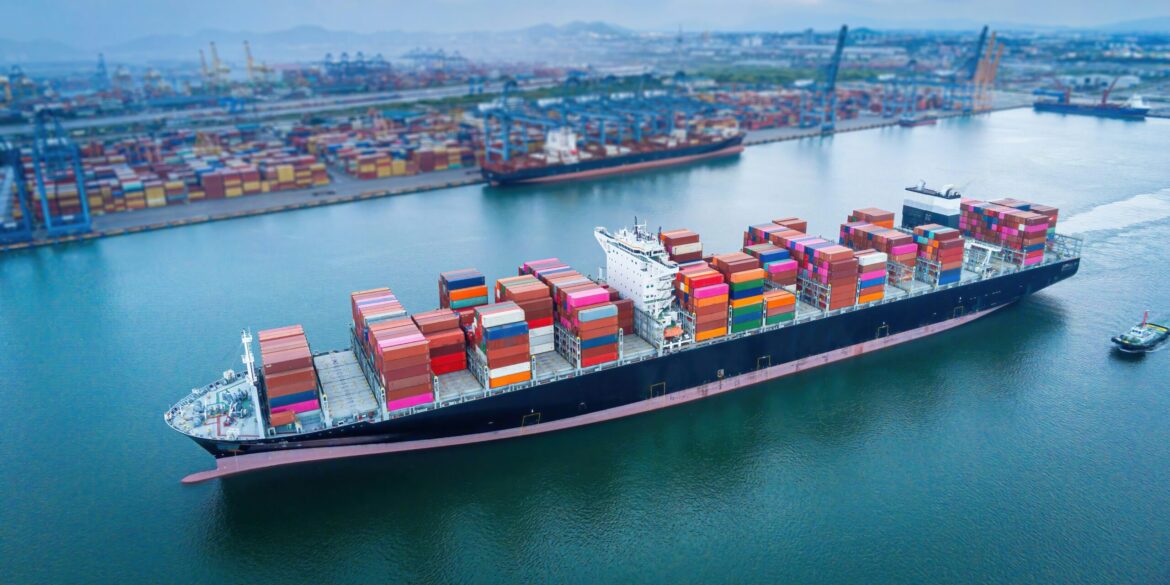On August 3, sweeping reciprocal tariffs announced by the U.S. government entered force, imposing steep duties on key trading partners and rattling global markets.
The U.S. Trade Representative confirmed that goods from Canada now face a 35 percent tariff, while Brazilian exports are hit with a 50 percent duty. Imports from India carry a 25 percent tariff, Taiwanese goods 20 percent, and Swiss products 39 percent. U.S. officials emphasized that these rates are largely fixed, despite ongoing diplomatic discussions.
Canada immediately pledged talks with U.S. counterparts in hopes of easing the burden. Canadian officials expressed cautious optimism but underscored a significant gap between positions. Though some goods under the USMCA are exempt, Ottawa sees the moves as unsustainable in the long term.
The markets reacted sharply. U.S. stock futures declined as investors assessed rising inflation risks and broader trade uncertainty. Major indices including the Dow, S&P 500, and Nasdaq all fell amid fears of escalating protectionism hurting corporate profit margins.
Read Also: https://todayus.com/markets-react-to-weak-jobs-data-and-new-tariffs-amid-investor-uncertainty/
Businesses in retail and manufacturing warned that the newly imposed tariffs will raise costs, disrupt supply chains, and force immediate adjustments in sourcing and pricing strategies. Companies dependent on Canadian, Brazilian, Indian or Taiwanese imports are reported to be pivoting toward domestic or alternative suppliers to contain cost pressures.
The current action represents the latest phase of U.S. trade policy branded internally as “Liberation Day,” first rolled out in April 2025 via executive order. That policy triggered a pair of escalating tariff cycles under the International Emergency Economic Powers Act, raising average U.S. tariff levels to their highest levels since the 1930s.
The tariff framework is meant to be retaliatory in nature, targeting countries based on trade deficits, sanctions compliance, or political friction. But analysts, including trade lawyers and economists, have questioned its legal grounding, particularly since the measures bypassed Congress.
Canada’s 35 percent rate follows an earlier 25 percent baseline implemented in March. It affects most goods, excluding energy and potash, which face a lower rate or exemptions under USMCA rules. Mexico, by contrast, received a temporary 90-day deferral on the new duty rate.
Brazil’s punitive half-century tariff is viewed as enforcement tied to political disputes, particularly the U.S. opposition to the ongoing trial of former President Jair Bolsonaro and divergent social media policies. Trade negotiators note Brazil has rejected U.S. pressure to alter its judicial process.
India and Taiwan faced respective duties of 25 percent and 20 percent, both introduced after a pause period that ended on August 1. Switzerland’s 39 percent levy exceeded previously announced rates, surprising Geneva and prompting emergency cabinet discussions on August 4. Swiss political leaders warned the tariff threatens export sectors and labor markets, while national industry officials scrambled to assess damage.
Swatch Group’s CEO responded by saying it’s “not doomsday,” but acknowledged significant risk. The company has drawn down U.S. inventory buffers in anticipation and urged Swiss officials to pursue high-level diplomacy in Washington before the duty takes effect August 7.
The global economic implications are sobering. Markets in Europe and Asia declined in reaction. Analysts warn these tariffs disproportionately impact American consumers and lower-income households, with average yearly costs rising by an estimated $2,400 per U.S. household. Economic forecasters say growth prospects may dim unless businesses and governments respond swiftly.
Though the administration framed the policy as strategically irreversible, U.S. Trade Representative Jamieson Greer indicated the door remains open to negotiation—while underscoring that current rates are likely to remain unless substantial diplomatic breakthroughs occur. Greer also noted productive engagement with China on rare-earth supply issues continues, amid separate negotiations ending around August 12.
On the ground, hundreds of companies have already adjusted, incurring billions in projected additional costs. As of early August, more than 320 firms have reported responses ranging from sourcing shifts to renegotiating contracts or rerouting manufacturing lines.
With these tariffs taking effect as of August 3, the reality for businesses and markets is stark: supply chains are under strain, diplomatic tension is mounting, and the U.S. appears determined to use trade policy as leverage across multiple fronts. Whether these measures prove temporary pressure tactics or long-term structural shifts in global commerce will depend on the outcome of dozens of ongoing negotiations and the resilience of affected industries.


